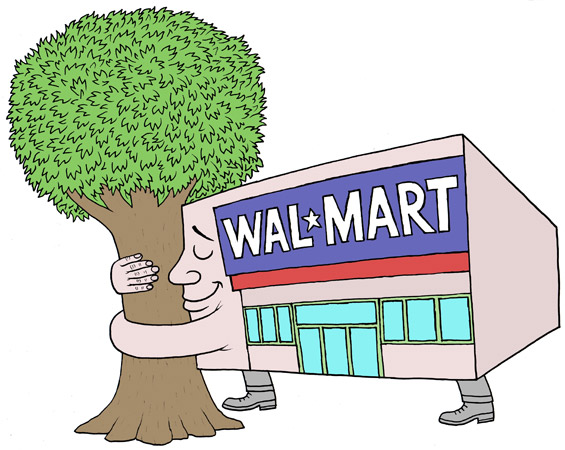The pressure is on this week as I work on the first issue of Tecnon OrbiChem’s Bio-Materials & Intermediates newsletter. I hope some of you can subscribe soon so you’ll be able to read some of the great information that, unfortunately, I am unable to post in the blog.
I am also preparing for next month’s presentation at the World Bio Markets USA in San Francisco, California. Anybody going there, let me know so we can chat. I’ve got a 20% discount code for those who are interested in attending this conference!
Now onto the news part. Walmart announced last week that it is working with suppliers to reduce or eliminate an initial 10 chemicals that the company indicate as high priority that are currently used in household cleaning, personal care, beauty and cosmetic products sold by Walmart. According to Walmart, 9 of their consumables products alone have 80,000 chemicals associated with them. The company is hoping to drive further transparency and risks associated with each chemicals they use.
Walmart did not disclose which 10 chemicals are in their high priority list. The big-box retailer aims for some substitution for these chemicals and the company will also regularly review if additional chemicals should be prioritized.
These priority chemicals will be shared with suppliers. Starting January 2014, Walmart will monitor progress on these high priority chemicals reduction, restriction and elimination, and will begin to publicly report on progress in January 2016.
By January 2018, items still containing these high priority chemicals must disclose these ingredients on pack and in accordance with any legal requirements. Walmart will also require suppliers to provide online public ingredient disclosure for items sold at Walmart beginning January 2015.
Finally, Walmart’s private brand cleaning products is expected to have its ingredients in accordance with the US EPA’s Design for the Environment (DfE) labeling program. Walmart will identify private brand products for DfE labeling starting January 2014. Walmart will continue to assess the applicability of DfE as it expands to broader product areas.
The DfE program, through the use of their logo, recognizes products that are certified safer for the environment and human health. The DfE formulator program has resulted in a reduction of more than 40m lb/year of chemicals of concern. The program’s Safer Chemical Ingredients List, which now contains 602 chemicals, serves as a resource for manufacturers interested in making safer products; health and environmental advocates seeking to encourage the use of safer chemicals; and consumers seeking information on the ingredients in safer chemical products.






